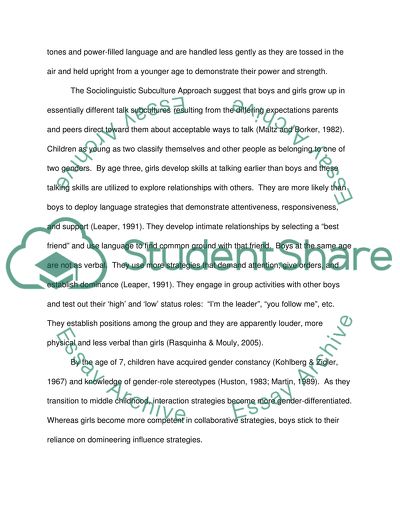Cite this document
(“Organizational Communication Research Paper Example | Topics and Well Written Essays - 3750 words”, n.d.)
Retrieved from https://studentshare.org/religion-and-theology/1425571-organizational-communication
Retrieved from https://studentshare.org/religion-and-theology/1425571-organizational-communication
(Organizational Communication Research Paper Example | Topics and Well Written Essays - 3750 Words)
https://studentshare.org/religion-and-theology/1425571-organizational-communication.
https://studentshare.org/religion-and-theology/1425571-organizational-communication.
“Organizational Communication Research Paper Example | Topics and Well Written Essays - 3750 Words”, n.d. https://studentshare.org/religion-and-theology/1425571-organizational-communication.


